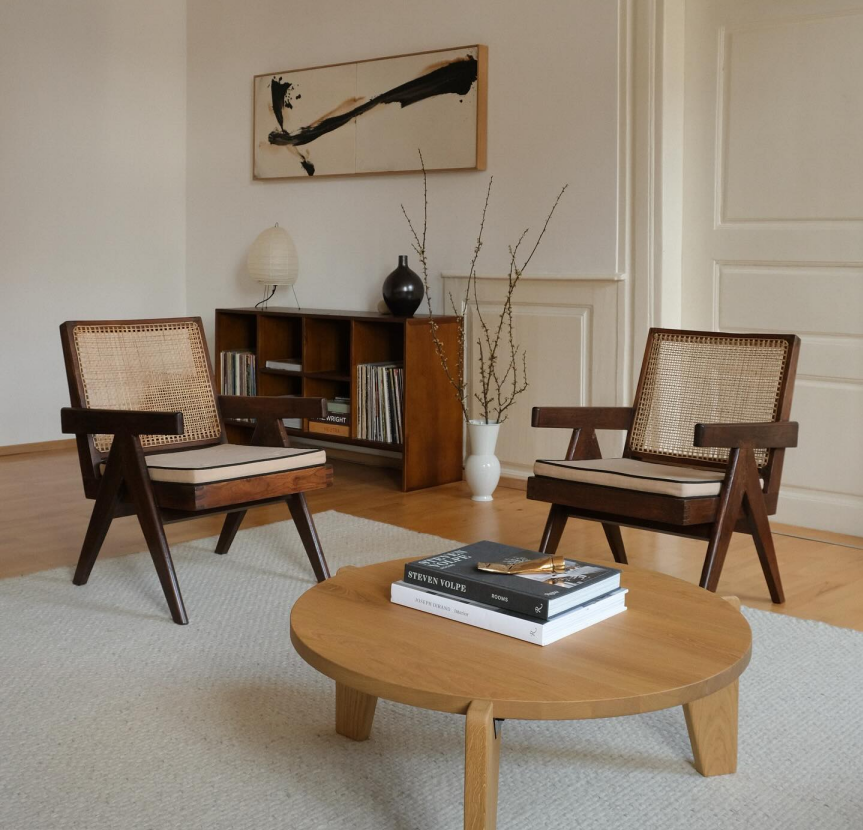
Privacy statement: Your privacy is very important to Us. Our company promises not to disclose your personal information to any external company with out your explicit permission.
In the 1920s, influenced by the Arts and Crafts Movement and the Art Nouveau Movement, functionalism began to dominate in Nordic design. The Nordic style, characterized by simple lines, natural materials, the pursuit of unity between form and energy, and the appreciation of handicrafts, precisely met the trends of the art movements and people's preferences at that time. Therefore, in the 1900s, Nordic-designed furniture exhibited at the Paris Exposition had received widespread attention. Later, it expanded to the American and Canadian markets and became popular worldwide. This is the Scandinavian design style.

Scandinavian design style refers to a design style that was popular internationally from the 1930s to the 1950s, represented by the designs of Nordic countries such as Denmark, Sweden, Finland and Norway. As early as the Stockholm Fair in 1930, Scandinavian design integrated the rigorous functionalism of Germany with humanism in the local handicraft tradition. In terms of style, Scandinavian design is functionalist, but not as strict and dogmatic as it was in the 1930s. The geometric forms have been softened, and the edges and corners have been smoothed into S-shaped curves or wavy lines, often described as "organic shapes", making the forms more human and lively. In the 1940s, the sense of nostalgia that emerged to reflect national characteristics often demonstrated the simplicity of the countryside, which promoted this trend of softening. The primary colors advocated by early functionalism were also replaced by gradually harmonized colors in the 1940s. Rougher textures and natural materials were favored by designers. In the 1950s, Scandinavian design was at its peak. Its simple yet organic forms, along with its natural colors and textures, were highly favored internationally and became the most popular design style in Europe and America at that time. White is the basic color of Scandinavian style. In addition, it should be paired with simple yet intense colors, such as red, blue or light purple. Wooden furniture is the most important part of the Scandinavian style.
2025-05-28 11:07:00
Lead-Free Crystal Goblet with Etched Design2025-05-27 13:57:19
Christmas Glass Candle Holders ZT699In the Maison & Objet theme "Past Reveals Future" in January 2026, "Neo Folklore" became one of the important highlights. MC&Co Trend provides trend interpretation for M&O. This Australian design studio founded by Michael Cleghorn and Steve Worthy has constructed six....
The key home icon designs for Valentine's Day, Mother's Day and Easter in Spring/Summer 2027 in Europe and America are centered on "home-like festival emotions and lightweight traditional symbols", deeply focusing on the family's demand for "coexistence of ritual and pract....
KiK was founded in 1994 and is a leading discount chain brand of affordable clothing and daily necessities in Germany.KiK mainly sells men's and women's clothing, home goods and sundries. It has over 4,000 stores in Europe and offers online shopping services through its official website. It....
Whether it's opening a chilled lager to cool off in the height of summer or savoring a craft malt beer in a tavern, I'm sure that when you think about your next beer time, the first thing that comes to mind is that clear glassy luster.So let's explore together the mystery behind why beer....
Email to this supplier

Privacy statement: Your privacy is very important to Us. Our company promises not to disclose your personal information to any external company with out your explicit permission.

Fill in more information so that we can get in touch with you faster
Privacy statement: Your privacy is very important to Us. Our company promises not to disclose your personal information to any external company with out your explicit permission.